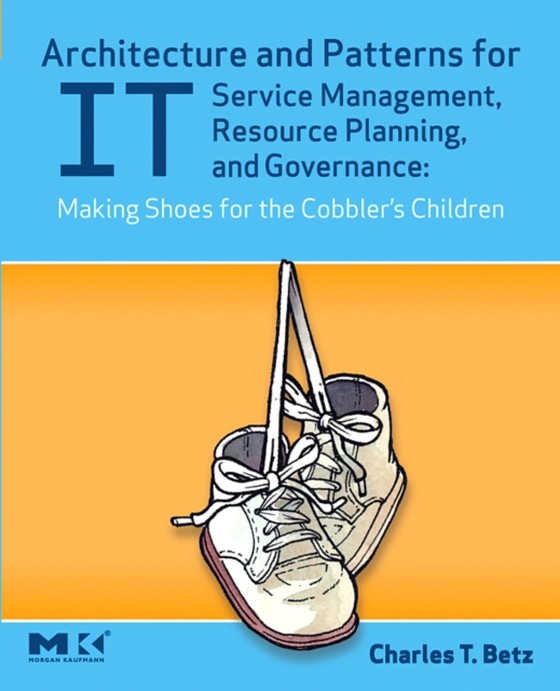
Architecture and Patterns for IT Service Management, Resource Planning, and Governance: Making Shoes for the Cobbler's Children e-bog
316,26 DKK
(ekskl. moms 253,01 DKK)
Architecture and Patterns for IT Service Management, Resource Planning, and Governance: Making Shoes for the Cobbler's Children provides an independent examination of developments in Enterprise Resource Planning for Information. Major companies, research firms, and vendors are offering Enterprise Resource Planning for Information Technology, which they label as ERP for IT, IT Resource Planning...
E-bog
316,26 DKK
Forlag
Morgan Kaufmann
Udgivet
17 november 2006
Længde
424 sider
Genrer
Library, archive and information management
Sprog
English
Format
pdf
Beskyttelse
LCP
ISBN
9780080488349
Architecture and Patterns for IT Service Management, Resource Planning, and Governance: Making Shoes for the Cobbler's Children provides an independent examination of developments in Enterprise Resource Planning for Information. Major companies, research firms, and vendors are offering Enterprise Resource Planning for Information Technology, which they label as ERP for IT, IT Resource Planning and related terms. This book presents on-the-ground coverage of enabling IT governance in architectural detail, which can be used to define a strategy for immediate execution. It fills the gap between high-level guidance on IT governance and detailed discussions about specific vendor technologies. It provides a unique value chain approach to integrating the COBIT, ITIL, and CMM frameworks into a coherent, unified whole. It presents a field-tested, detailed conceptual information model with definitions and usage scenarios, mapped to both process and system architectures. This book is recommended for practitioners and managers engaged in IT support in large companies, particularly those who are information architects, enterprise architects, senior software engineers, program/project managers, and IT managers/directors.
 Dansk
Dansk

